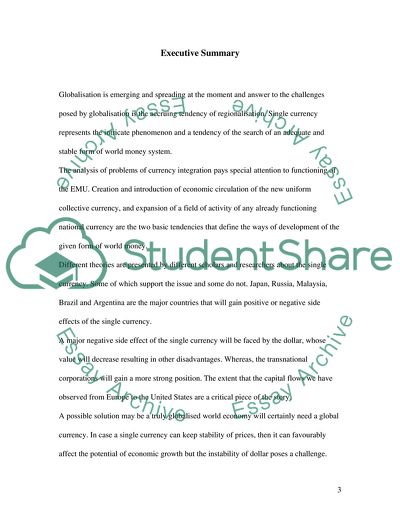Cite this document
(Globalisation Demands a Single Currency Coursework, n.d.)
Globalisation Demands a Single Currency Coursework. https://studentshare.org/macro-microeconomics/1707803-one-currency
Globalisation Demands a Single Currency Coursework. https://studentshare.org/macro-microeconomics/1707803-one-currency
(Globalisation Demands a Single Currency Coursework)
Globalisation Demands a Single Currency Coursework. https://studentshare.org/macro-microeconomics/1707803-one-currency.
Globalisation Demands a Single Currency Coursework. https://studentshare.org/macro-microeconomics/1707803-one-currency.
“Globalisation Demands a Single Currency Coursework”. https://studentshare.org/macro-microeconomics/1707803-one-currency.


